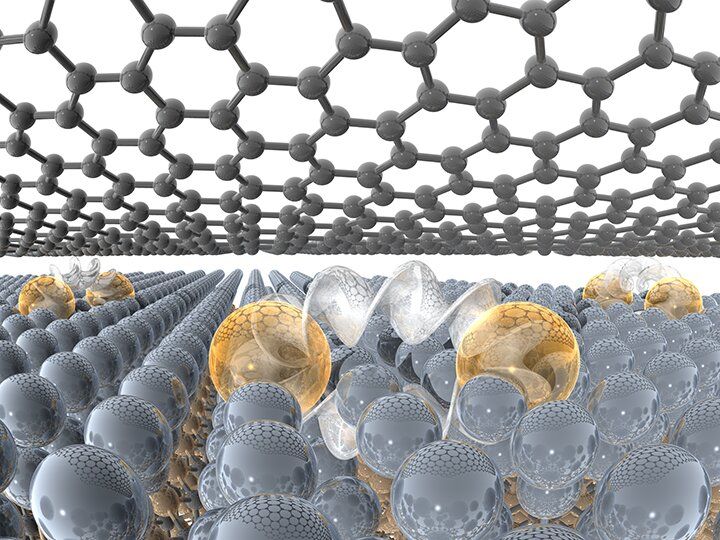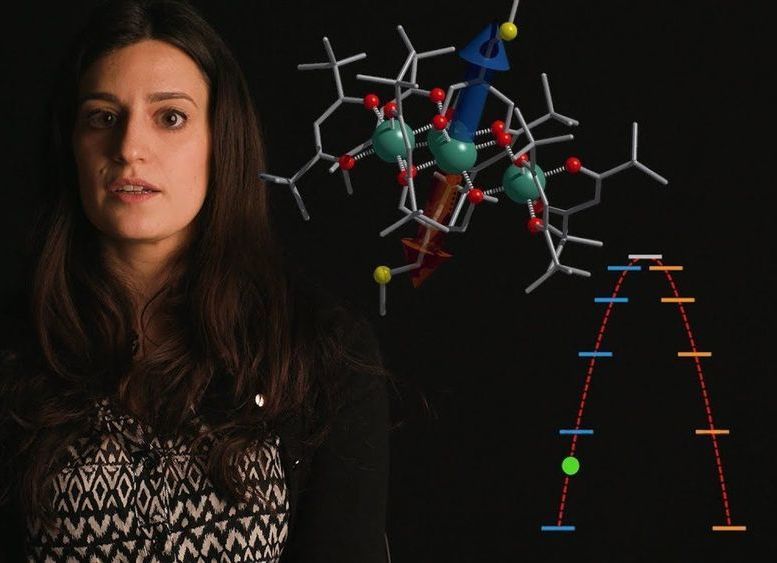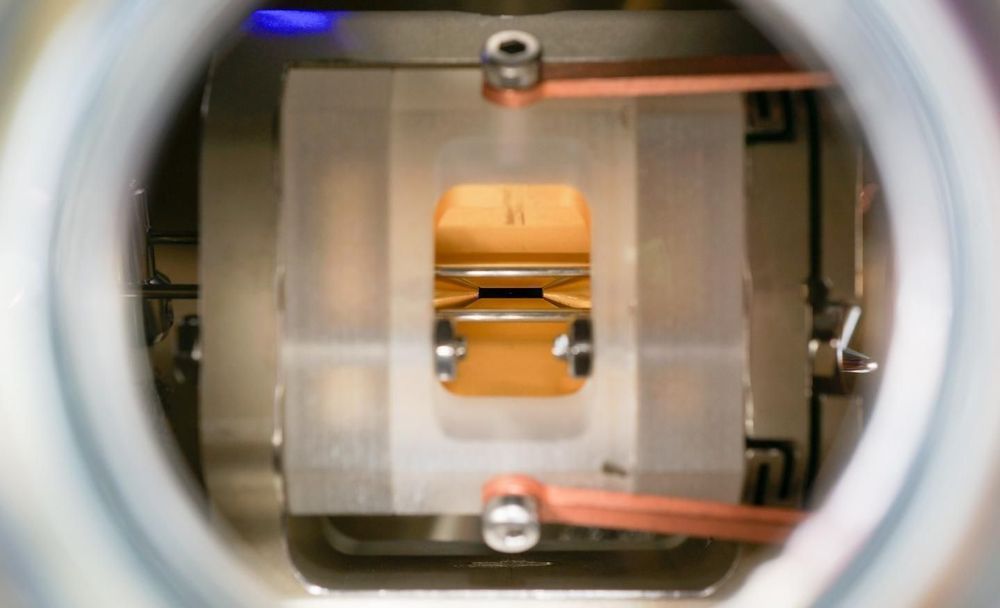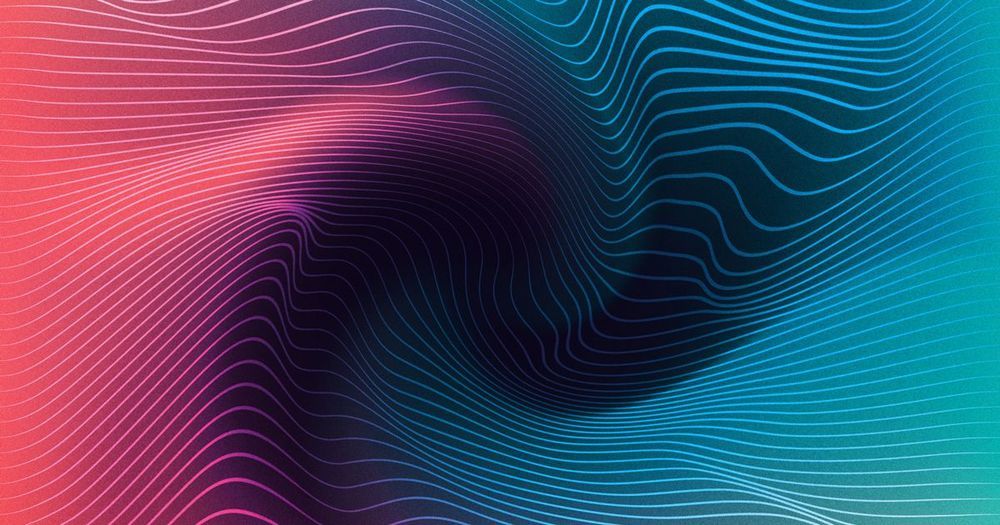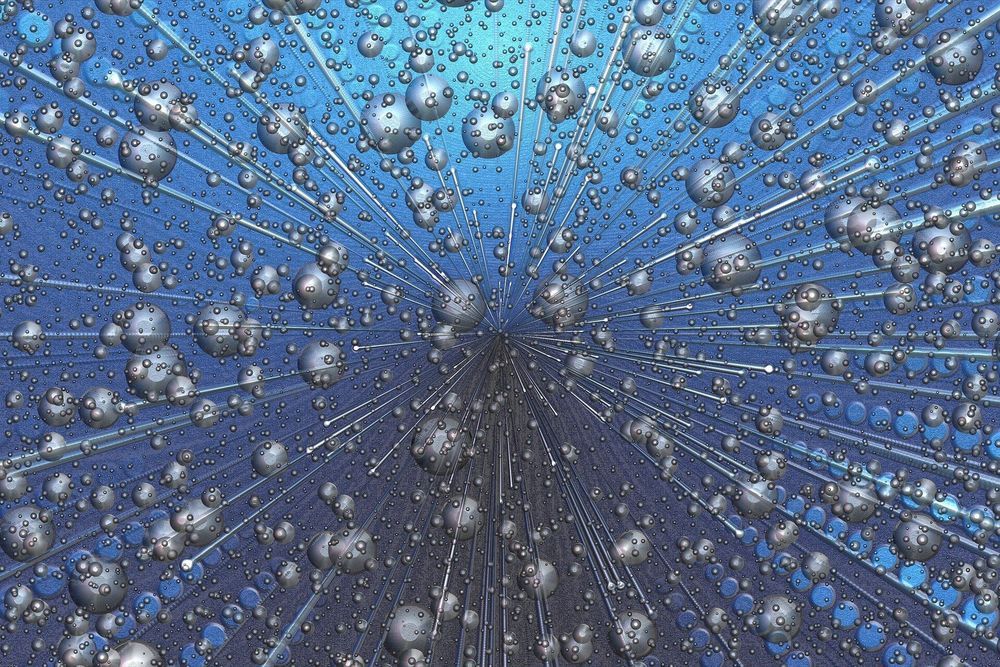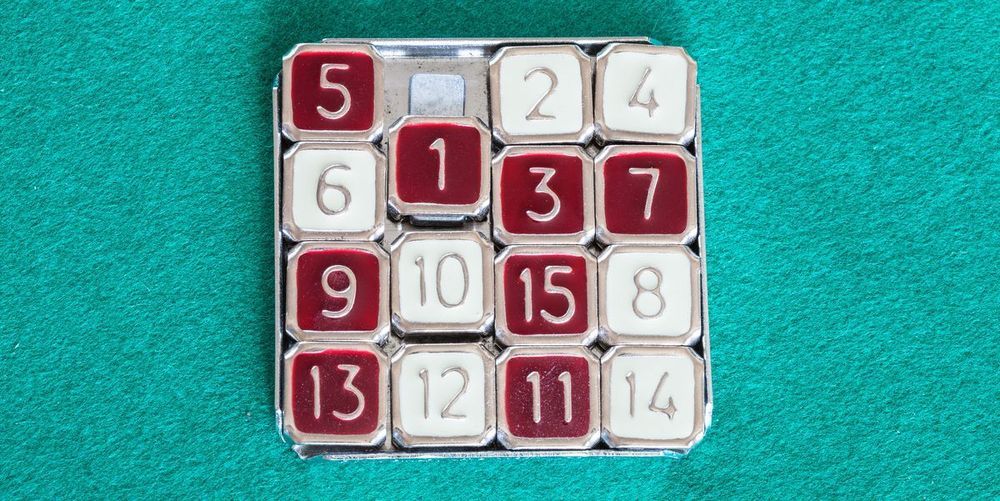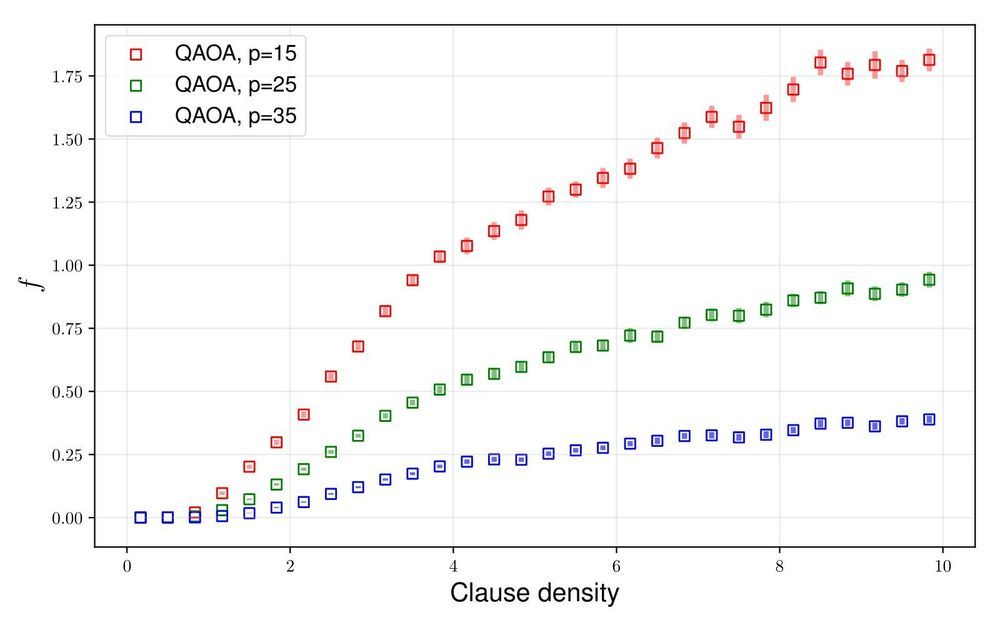Mar 11, 2020
Synopsis: Seeing Gravitons in Colliding Gravitational Waves
Posted by Genevieve Klien in categories: particle physics, quantum physics
Collisions between beams of gravitons could convert the hypothesized particles into photons, producing a potentially detectable radio signal that would accompany some gravitational waves.
If gravity and quantum mechanics are to be unified, gravitational waves—usually studied as a classical phenomenon using general relativity—must comprise hypothesized particles called gravitons. In theory, gravitons can interact with each other to produce photons, but these interactions were thought to be vanishingly rare and impossible to detect. In new theoretical work, Raymond Sawyer of the University of California, Santa Barbara, finds that in certain cases, colliding gravitational waves could produce enough radio frequency photons to yield a detectable signal.

